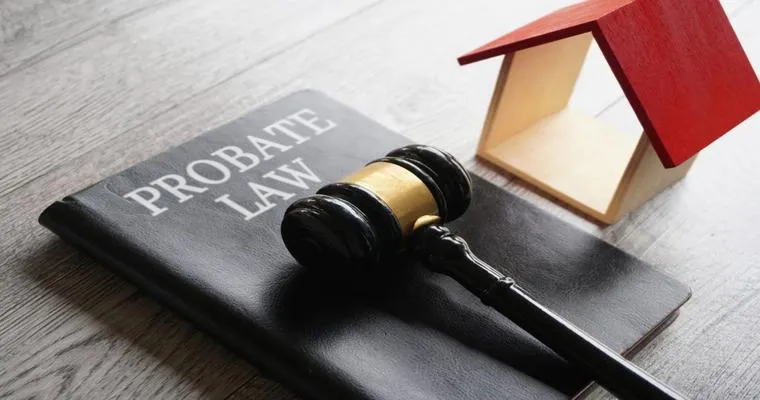When a loved one passes away, the process of managing their assets and settling their affairs can seem overwhelming. This is where "probate" and "estate administration" come into play. Understanding these concepts is essential for anyone involved in the process of distributing an estate. In this article, we will explore what probate is, how estate administration works, and the key steps involved in these procedures.
What is Probate?
"Probate" is the legal process through which a deceased person's will is validated and their assets are distributed according to the law or the provisions of the will. This process is supervised by a court and ensures that all debts are paid, taxes are settled, and the remaining assets are distributed to the rightful heirs. If the deceased did not leave a will, the estate will be distributed according to state laws, which can complicate matters further.
The Importance of Estate Administration
"Estate administration" refers to the overall management of a deceased person's estate, encompassing the probate process and any necessary tasks that follow. This includes collecting and valuing the deceased's assets, paying off debts, filing tax returns, and distributing the remaining assets to beneficiaries. Proper estate administration is crucial for ensuring that everything is handled legally and efficiently.
Key Steps in the Probate Process
1. "Filing the Will": The probate process begins with filing the deceased's will with the appropriate probate court. If there is no will, the court will appoint an administrator to manage the estate.
2. "Appointing an Executor or Administrator": If a will exists, the named executor is responsible for overseeing the probate process. If there is no will, the court will appoint an administrator.
3. "Notifying Heirs and Creditors": Once the executor or administrator is appointed, they must notify all potential heirs and creditors about the probate proceedings.
4. "Inventorying Assets": The next step involves creating a detailed inventory of the deceased's assets, including real estate, investments, personal belongings, and any debts owed to the estate.
5. "Paying Debts and Taxes": Before any assets can be distributed, the estate must settle all outstanding debts and tax obligations. This may involve liquidating certain assets if necessary.
6. "Distributing Assets": After all debts and taxes have been settled, the remaining assets can be distributed to the rightful heirs as outlined in the will or according to state laws.
Common Challenges in Probate and Estate Administration
The probate process can be fraught with challenges. Disputes among heirs, complicated asset valuations, and potential claims from creditors can delay proceedings and lead to increased costs. Additionally, if the deceased did not leave a will, the process can become even more complex as the court must navigate state laws to determine rightful heirs.
Conclusion
Understanding "probate" and "estate administration" is vital for anyone dealing with the aftermath of a loved one's passing. By familiarizing yourself with the key steps and potential challenges in these processes, you can better navigate the complexities involved in settling an estate. Whether you are an executor, an administrator, or a beneficiary, having a clear understanding of these concepts will help ensure that the estate is managed efficiently and in accordance with the law. If you find yourself facing the probate process, consider consulting with a qualified attorney who specializes in estate planning and probate matters to guide you through the journey.





